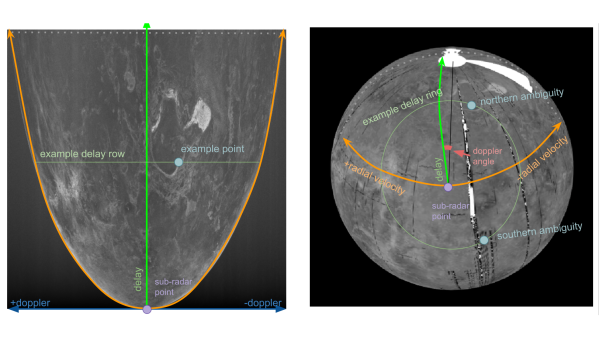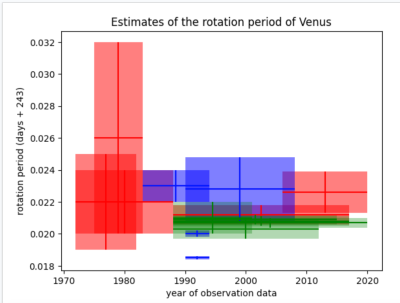Remember AOL? For a lot of folks, America Online was their first ISP, the place where they got their first exposure to the Internet, or at least a highly curated version of it. Remembered by the cool kids mainly as the place that the normies used as their ISP and for the mark of shame an “@aol.com” email address bore, the company nevertheless became a media juggernaut, to the point that “AOL Time Warner” was a thing in the early 2000s. We’d have thought the company was long gone by now, but it turns out it’s still around and powerful enough of a brand that it’s being shopped around for $1.5 billion. We’d imagine a large part of that value comes from Yahoo!, which previous owner Verizon merged with AOL before selling most of the combined entity off in 2021, but either way, it’s not chump change.
For our part, the most memorable aspect of AOL was the endless number of CDs they stuffed into mailboxes in the 90s. There was barely a day that went by that one of those things didn’t cross your path, either through the mail or in free bins at store checkouts, or even inside magazines. They were everywhere, and unless you were tempted by the whole “You’ve got mail!” kitsch, they were utterly useless; they didn’t even make good coasters thanks to the hole in the middle. So most of the estimated 2 billion CDs just ended up in the trash, which got us thinking: How much plastic was that? A bit of poking around indicates that a CD contains about 15 grams of polycarbonate, so that’s something like 30,000 metric tonnes! To put that into perspective, the Great Pacific Garbage Patch is said to contain “only” around 80,000 metric tonnes of plastic. Clearly the patch isn’t 37% AOL CDs, but it still gives one pause to consider how many resources AOL put into marketing.


















